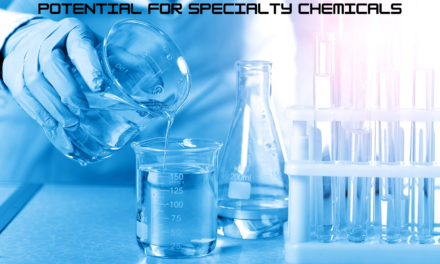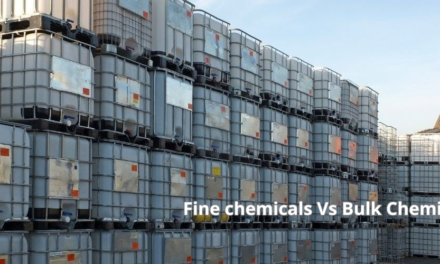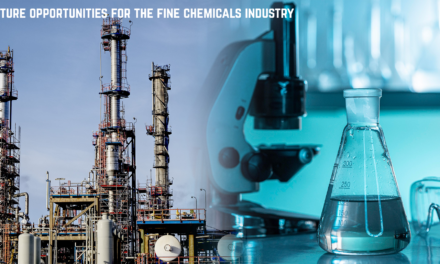The explosives and propellants industry faces significant safety challenges due to the highly reactive nature of the materials involved. These challenges arise at every stage of production, handling, storage, transportation, and use. Addressing these safety concerns is critical to prevent accidents, protect workers, and comply with strict regulatory requirements. Below are the key safety challenges and how they are managed:
1. Risk of Unintended Detonation
- Challenge:
- Explosives and propellants can detonate or ignite accidentally due to heat, friction, impact, static electricity, or shock.
- Causes:
- Improper handling during manufacturing.
- Defective materials or contamination.
- Mitigation:
- Use of insensitive explosives and propellants to reduce sensitivity to accidental triggers.
- Installation of explosion-proof equipment and anti-static flooring.
- Strict protocols for material handling and operator training.
2. Thermal Instability
- Challenge:
- Many explosives and propellants decompose or ignite at elevated temperatures.
- Causes:
- Exposure to high temperatures during storage or transportation.
- Thermal runaway reactions during synthesis.
- Mitigation:
- Temperature-controlled storage facilities.
- Use of stabilizers to improve thermal stability.
- Continuous monitoring of process temperatures and thermal analysis during production.
3. Material Contamination
- Challenge:
- Contamination with incompatible materials can lead to unintended chemical reactions.
- Causes:
- Presence of moisture, dust, or impurities during manufacturing or storage.
- Mitigation:
- Rigorous quality control of raw materials.
- Use of clean rooms and contamination-free storage systems.
- Regular equipment cleaning and maintenance to avoid cross-contamination.
4. Handling of Toxic and Hazardous Chemicals
- Challenge:
- Explosives and propellants often use hazardous substances like nitrates, hydrazine, and perchlorates, which pose health risks.
- Causes:
- Inhalation or skin contact with toxic materials.
- Spillage or leakage during manufacturing.
- Mitigation:
- Personal protective equipment (PPE) for workers.
- Ventilation systems and fume hoods to control exposure.
- Regular health monitoring of personnel.
5. Storage Challenges
- Challenge:
- Explosives and propellants require specific storage conditions to prevent degradation or accidental ignition.
- Causes:
- Inadequate temperature or humidity control.
- Overcrowding or improper stacking in storage facilities.
- Mitigation:
- Use of specialized storage containers (e.g., shock-proof, fire-resistant).
- Strict separation of incompatible materials (e.g., oxidizers and fuels).
- Regular inspection and maintenance of storage facilities.
6. Transportation Hazards
- Challenge:
- Transporting explosives and propellants poses risks of accidents and potential detonation.
- Causes:
- Inadequate packaging or labeling.
- Accidents during transit.
- Mitigation:
- Compliance with international transport regulations (e.g., UN Model Regulations on Dangerous Goods).
- Use of approved, reinforced containers for transport.
- Escort and monitoring for high-risk shipments.
7. Process Control Failures
- Challenge:
- Lack of precise control during manufacturing processes can lead to runaway reactions or equipment failure.
- Causes:
- Equipment malfunction or operator error.
- Insufficient automation and monitoring.
- Mitigation:
- Integration of Process Analytical Technology (PAT) for real-time monitoring.
- Automation of high-risk processes to reduce human error.
- Regular safety audits and equipment maintenance.
8. Explosion and Fire Risks
- Challenge:
- Accidental ignition during production, handling, or storage can lead to catastrophic explosions or fires.
- Causes:
- Electrostatic discharge, open flames, or sparks.
- Mitigation:
- Grounding and bonding systems to prevent static electricity buildup.
- Ban on open flames and strict control of ignition sources.
- Installation of fire suppression systems (e.g., sprinklers, inert gas systems).
9. Environmental Impact
- Challenge:
- Improper disposal of explosive and propellant waste can contaminate soil and water, posing environmental and public health risks.
- Causes:
- Discharge of untreated effluents or residues.
- Mitigation:
- Implementation of waste treatment and disposal systems.
- Recycling of unused or defective explosives when possible.
- Compliance with environmental regulations like REACH or EPA standards.
10. Regulatory Compliance
- Challenge:
- The explosives and propellants industry operates under strict national and international safety regulations, requiring continuous compliance.
- Causes:
- Evolving regulatory standards and documentation requirements.
- Mitigation:
- Regular training for personnel on regulatory updates.
- Investment in compliance management systems.
11. Human Error
- Challenge:
- Accidental mishandling or misjudgment by operators can lead to catastrophic outcomes.
- Causes:
- Inadequate training or fatigue.
- Mitigation:
- Comprehensive worker training programs.
- Strict adherence to standard operating procedures (SOPs).
- Implementation of fatigue management systems for workers in high-stress environments.
12. Long-Term Stability
- Challenge:
- Explosives and propellants can degrade over time, becoming unstable or less effective.
- Causes:
- Exposure to moisture, temperature fluctuations, or light.
- Mitigation:
- Use of stabilizers and inhibitors to enhance longevity.
- Periodic testing and safe disposal of aged materials.
Emerging Safety Innovations
- Insensitive Munitions:
- Explosives that are less likely to detonate under accidental conditions.
- Example: Plastic-bonded explosives (PBX).
- Green Chemistry:
- Use of less toxic and more stable compounds to minimize risks.
- Example: Ammonium dinitramide (ADN) as a safer oxidizer.
- Digital Monitoring Systems:
- Internet of Things (IoT) sensors for real-time monitoring of storage and transport conditions.
- Additive Manufacturing:
- Precise, controlled production of explosive components using 3D printing.
Conclusion
The explosives and propellants industry faces significant safety challenges due to the inherently hazardous nature of its materials. Addressing these challenges requires robust engineering controls, strict adherence to safety protocols, and continuous innovation in material science and process automation. By implementing rigorous safety measures and leveraging emerging technologies, the industry can minimize risks and ensure safer operations.
Hashtags
#ExplosivesSafety #PropellantSafety #ChemicalSafetyChallenges #HighRiskManufacturing #SafetyInExplosives #SafeManufacturing #ExplosiveMaterialsHandling #HazardousChemicalsSafety #SafetyProtocolsInExplosives #RiskManagementInPropellants #SafetyRegulationsInExplosives #ComplianceInPropellants #ExplosivesIndustryStandards #ChemicalSafetyRegulations #ExplosivesCompliance #SafetyRiskManagement #ExplosiveRiskMitigation #ChemicalSafetyMeasures #SafeExplosionHandling #ControlledDetonations

















